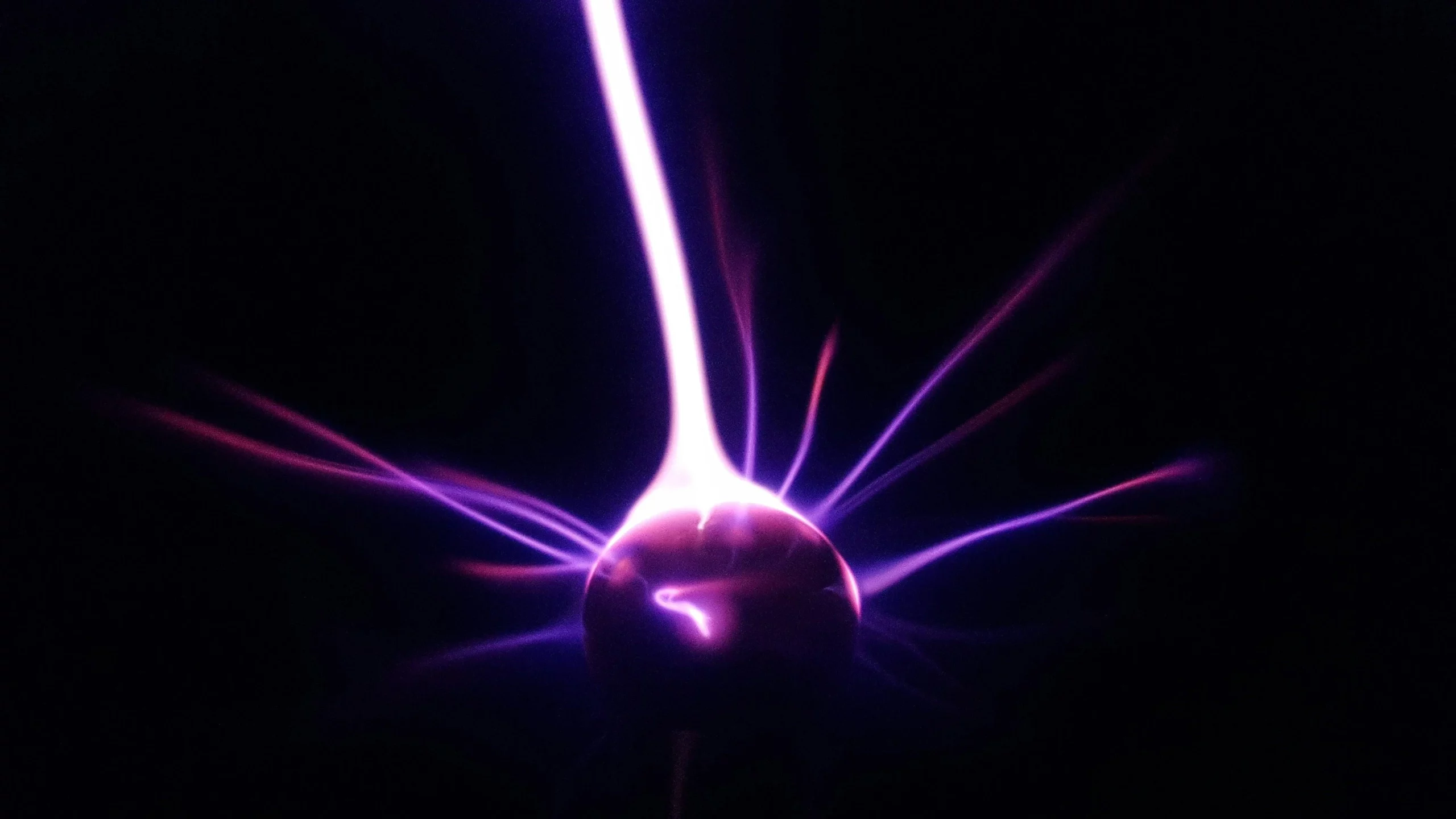
Every object on our planet is gripped by the inescapable embrace of Earth’s gravity. But despite its ubiquity, its fundamental nature remains one of science’s most enduring puzzles. Traditionally perceived as a weak force, gravity’s influence dwindles as objects shrink, becoming seemingly nonexistent at the quantum level. What’s the cutoff though and why does the influence of gravity collapse past this certain point?
A new study nudges us closer to the secrets of the cosmos after scientists managed to detect gravity in an object with minuscule mass, pushing the boundary between classical physics and the quantum world.
Measuring the tiniest gravity possible
Einstein’s theory of general relativity shows how gravity warps the fabric of spacetime, yet it stops short of explaining its interaction in the quantum realm. In quantum physics, particles dance in probabilities, and the concept of gravity as we know it seems to vanish into the curtains.
In a recent experiment, researchers at the University of Southampton levitated tiny particles with magnets and measured their gravitational pull at near absolute zero temperatures to minimize external noise. The mass of the particles measures a mere 0.000015 ounce (0.43 milligrams). Much to their surprise, this setup allowed the physicists to detect a faint whisper of gravity.
“We have successfully measured gravitational signals at the smallest mass ever recorded,” explained Tim Fuchs from the University of Southampton.
This achievement opens up new avenues for understanding how the universe operates on its most fundamental level.
“For a century, scientists have tried and failed to understand how gravity and quantum mechanics work together. Now, we are one step closer,” said Fuchs.
The implications of this research are vast. By peeling back the layers of how gravity operates on the quantum scale, scientists hope to solve longstanding mysteries such as the origins of the universe, the nature of black holes, and the quest for a unified theory of everything. This theory, a Holy Grail of physics, would marry the macroscopic forces described by general relativity and classical physics with the microscopic antics of quantum mechanics.
Co-author Professor Hendrik Ulbricht emphasizes the potential of these findings to push the boundaries of our scientific understanding. “Our new technique,” he says, “will likely prove the way forward for measuring quantum gravity.”
As we stand on the precipice of this new frontier, the journey of discovery is far from over. Next, the researchers plan on pushing the boundaries further by refining their experiments to detect gravity in even smaller masses.
The findings appeared in the journal Science Advances.









